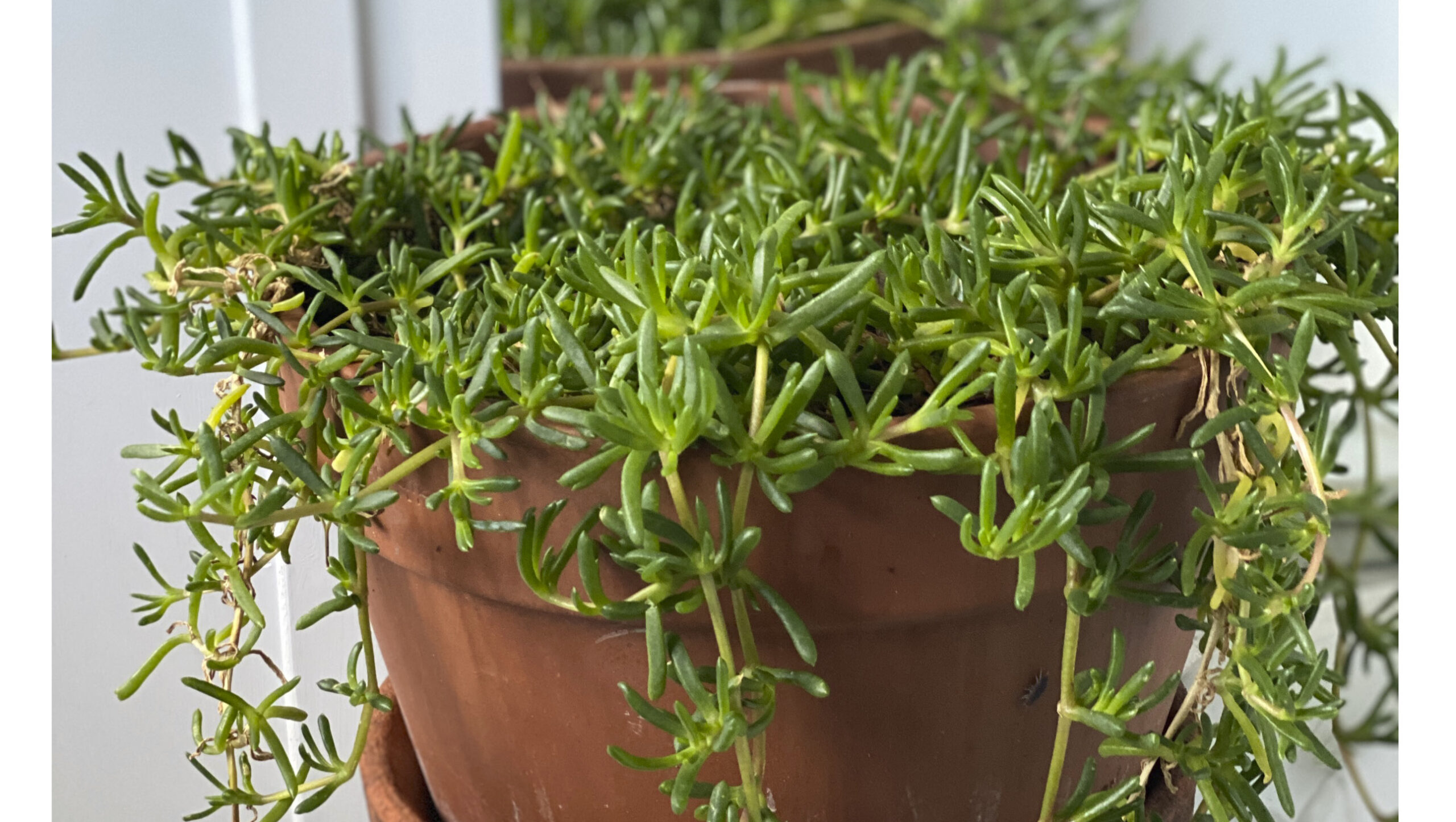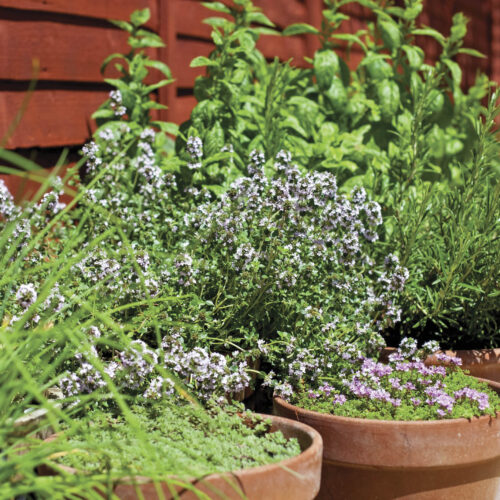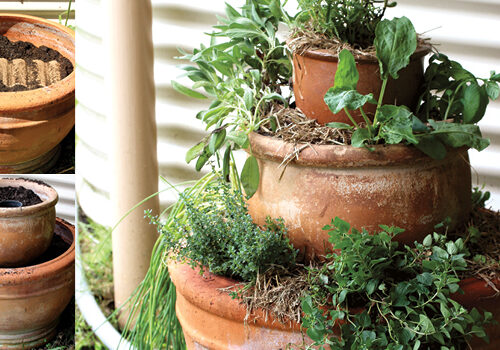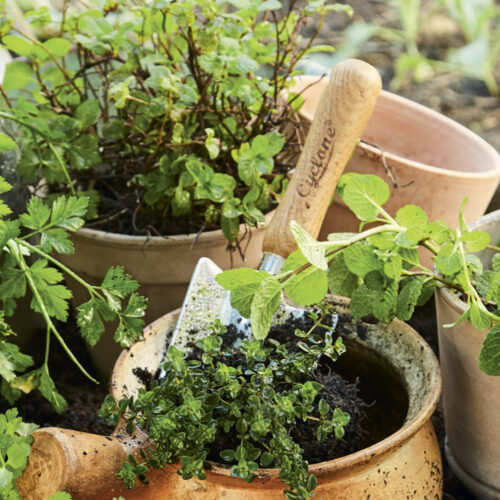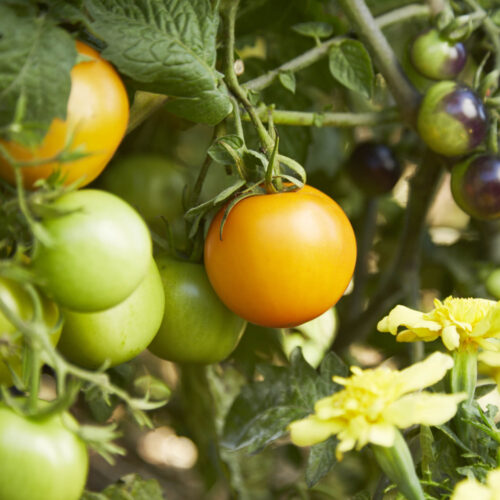Native plants for indoors
2021-11-17T22:44:49+11:00
There’s a stack of Australian native plants from rainforest areas that are naturally suited to low light, so are perfect for growing indoors, writes Karen Sutherland.
We’re all loving our indoor plants, but what about native plants? Can they be grown indoors too? There’s a stack of Australian native plants from rainforest areas that are naturally suited to low light, so are perfect for growing indoors, enjoying regular potting mix and indoor plant food, and weekly watering. Remember that light levels indoors are usually lower than outdoors, so as a guide, if a plant is suitable for light shade outdoors, it will usually like a reasonably light position indoors. Make sure to keep plants out of direct sunshine as this can burn leaves. Here’s a few to try.
Hoya
There are many species of Hoya native to Australia, including Hoya australis. Hoyas are great in low light conditions but flower better with some light. The flowers are fragrant and waxy, which explains Hoya’s common name of Wax Flower. Plants are fun to propagate from a single leaf poked into a jar of water, as many of us did as children, and are slow growing climbers that don’t need much watering., although they do benefit from a framework to be tied onto. They also don’t like being repotted, so plants can stay in the same pot for years. An all-round easy indoor plant.
Black bean
Black bean, Castanospermum australe, is an Australian native that has been sold for years as an indoor plant. It is not at all related to black bean sauce or the black beans used in southern cooking and in fact the seeds of this plant are toxic! A large tree in the rainforests of Queensland and NSW, it can be kept for years as a small tree in a pot, happily growing to 1.2m tall in a 200mm pot, or 50cm high in a 150mm pot. Black Bean is sometimes sold as a ‘mini-forest’, with several seeds planted in a pot. Note that the lush green leaves of Australian black bean are toxic to pets and small children if ingested.
Beach banana
Beach bananas (main image) , Disphyma crassifolium, also known as jellybeans or beach bananas, due to the shape of the leaves, is an edible native succulent, and able to be grown indoors in a light position as well as outdoors, with long trailing stems. Grown in a pot rather than in the ground it loses some of its salty flavour but is still an interesting plant to pluck a few leaves off for a salad.
Lemon myrtle
Lemon myrtle, Backhousia citriodora, is an aromatic and iconic plant we all should be growing. Look for a semi-advanced plant, growing in a 200 – 300 mm pot, as these beauties are slow-growing, sometimes only producing 2-3 new leaves per year on smaller indoor plants. With a large specimen, you can pick a leaf, crush it, inhaling the gorgeous uplifting lemony aroma, then make tea by adding the leaf and boiling water to a cup. Leaves can be used in a variety of ways in the kitchen. Lemon myrtle can tolerate some drying out, and is quite shade tolerant in the garden, but prefers some light indoors. Aniseed myrtle, Syzygium anisatum, is lemon myrtle’s sister, and if you can find her you might like to try growing this plant indoors.
Native pepper
Native pepper, Tasmannia lanceolata, does not like to dry out but does like shade, so is suited to trying out indoors. You are unlikely to get berries unless you grow a male and a female in the same pot and then hand-pollinate the flowers (wow) but you can enjoy the spicy flavours of the leaves, fresh or dried, in cooking. Be careful, it packs a punch!

